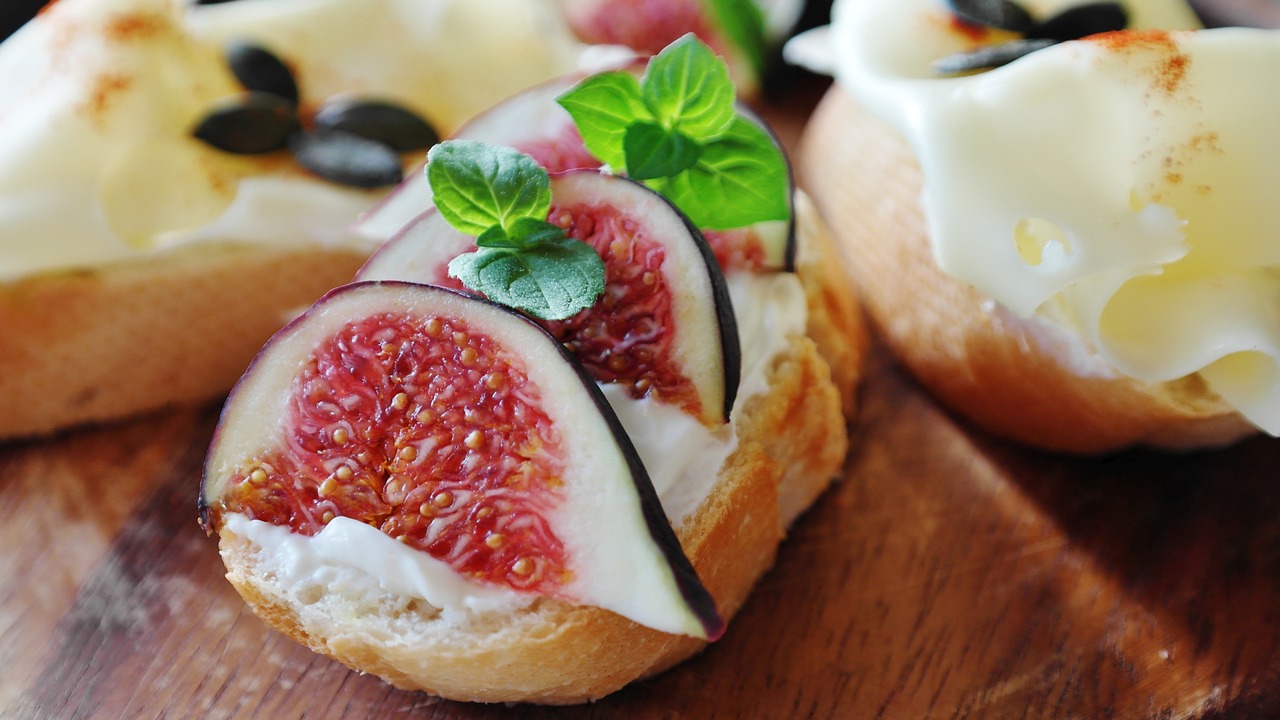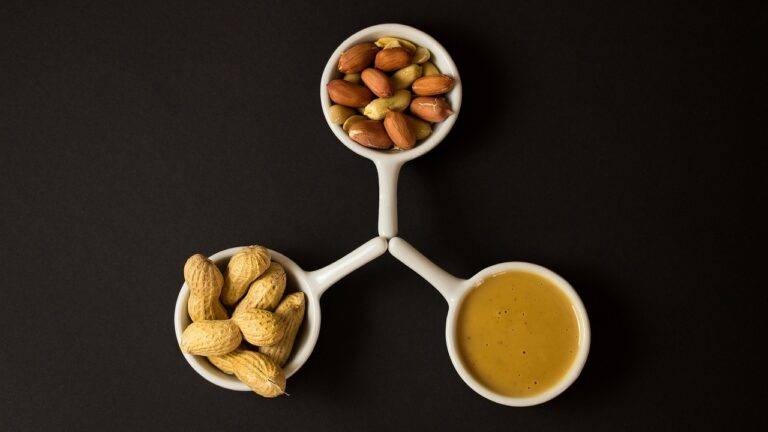Delving into the Science of Food Pairing for Ultimate Flavor Combinations
Food pairing is not merely a matter of personal preference but is deeply rooted in the science of taste interactions. Various factors such as the chemical composition of foods, texture, aroma, and even cultural background play a crucial role in determining how flavors complement or contrast with each other. By understanding the principles of food pairing, chefs and home cooks alike can create harmonious and intriguing dishes that tantalize the taste buds.
The concept of food pairing is based on the idea that certain food combinations enhance each other’s flavors, leading to a more enjoyable dining experience. For example, the bitterness of dark chocolate can be balanced by the sweetness of ripe strawberries, creating a decadent dessert that delights the palate. Through experimentation and a keen understanding of flavor profiles, it is possible to unlock a world of culinary possibilities and create dishes that are far greater than the sum of their parts.
Understanding Taste Profiles
When it comes to understanding taste profiles, it’s essential to recognize the five primary tastes: sweet, sour, salty, bitter, and umami. Each taste plays a crucial role in how we perceive and enjoy different foods. Sweetness is often associated with sugary foods, while sourness adds a tangy flavor. Salty tastes can enhance a dish, while bitterness can provide depth and complexity. Umami, known as the savory taste, adds richness and depth to food.
Creating well-balanced dishes involves incorporating a variety of tastes to stimulate our taste buds. Understanding how different tastes complement and contrast with each other is key to achieving a harmonious flavor profile. For example, pairing sweet and sour flavors can create a delightful contrast, while combining salty and umami tastes can add layers of complexity. By experimenting with different taste combinations, chefs and home cooks can elevate their culinary creations to new heights.
The Role of Aroma in Flavor Pairing
Aroma plays a crucial role in the overall flavor experience of a dish. When it comes to flavor pairing, the aroma of ingredients can significantly impact how our taste buds perceive the food. The olfactory senses are closely linked to our taste receptors, allowing us to distinguish between various flavors based on their aromas.
In the world of gastronomy, chefs often incorporate aromatic ingredients such as herbs, spices, and citrus zest to elevate the flavor profile of their dishes. By choosing complementary aromas that enhance the natural flavors of the main ingredients, chefs can create a harmonious balance that delights the palate. The art of aroma pairing involves carefully selecting ingredients that not only smell pleasant on their own but also enhance the overall taste when combined with other elements in a dish.





